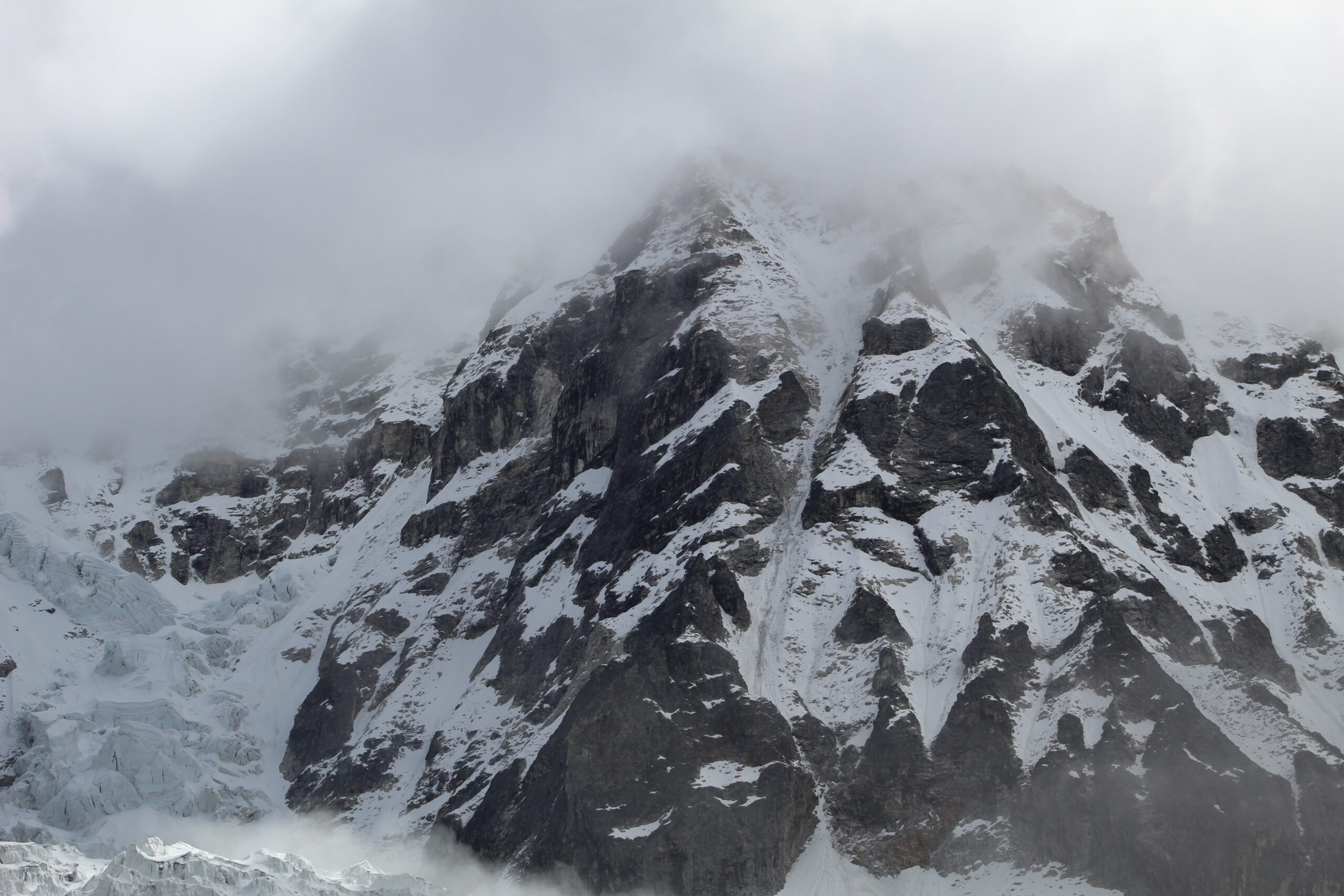Spiritual enlightenment has been one of the most sought-after experiences in the 21st century, particularly among spiritual enthusiasts. However, in contemporary times, the pursuit of enlightenment often appears to be more about showing off one’s spiritual knowledge and experiences than genuinely seeking profound understanding or transformation. This trend raises questions about the true nature of enlightenment and whether modern spiritual practices align with traditional spiritual paths. I felt the need of writing this blog because I also had a fair share of spiritual experiences which I never saw as “magical” or “mystical”.
Table of Contents
Mystical Experiences or Psychological Phenomena?
Many people report a variety of inner experiences that they interpret as spiritual or mystical. To better understand these experiences, let’s first consider Dissociative Trance Disorder (DTD). This is a condition where individuals experience altered states of consciousness, often feeling as though they are possessed by a deity or spirit. Such phenomena are not uncommon in certain cultures, especially in regions like the Himalayas, where spiritual possession and trance states are culturally acknowledged.
Those who claim to be possessed often describe sensations such as feeling of energy bouncing within the body, complete loss of self-awareness, electrical-like small currents coursing through their bodies, and a sense of either expanding or becoming very small. There are many more experiences. While these experiences are intense and compelling, they often lead individuals to seek explanations from contemporary spiritual leaders or “tantriks”—not from traditional scriptures or “Shastras.”
This practice is not new; for centuries, rituals have been established to address these experiences, particularly through the intervention of a tantrik who claims to remove the deity or spirit from the body. The process often involves psychological manipulation, affecting the person’s psyche rather than achieving true spiritual enlightenment.
Those who recognize these as spiritual experiences are often misguided. Some may have such experiences after a short period of meditation or sadhana, which is fine, but they sometimes stop practicing, believing they have achieved everything they need to.
Misconceptions and Realities
After experiencing such intense phenomena, some individuals even believe they have attained enlightenment or are on a unique spiritual path. They may even become spiritual gurus or “babas,” claiming to have special knowledge or divine insight. While some genuinely wish to help others, others may exploit these experiences for personal gain, establishing their own systems of belief and sometimes claiming to be reincarnations of historical figures like Kabir or avatars like Kalki meant to usher in a new era.
Strangely people start believing in it.
However, experiencing altered states of consciousness or unusual bodily sensations does not equate to achieving enlightenment. In traditional texts like the Kirati Mundhum, also known as the Vedas of the Kiratis, it is emphasized that those who have such experiences should seek a qualified guru and practice for 12 years to truly begin their spiritual journey.
The Science Behind Spiritual Experiences
Many of the sensations described by those who claim mystical experiences can be understood through a combined les of science and spirituality. For instance, feelings of energy bouncing inside the body is related to the movement of “apana vayu,” a type of breath described in yogic traditions.
Its just heightened sensitivity and awareness of individual who could even sense how the breath moves within the body. And people who don’t know “Vijnana” or “Spiritual Science” aspect of it they think its a possession.
Sensitivity of vibrations in the stomach area is attributed to stress hormones or the “manipura chakra,” a concept from Hindu and yogic philosophy corresponding to the body’s energy center of “fulfillment” located around the solar plexus.
Isn’t that obvious that once you are aware of the stress center you move towards “fulfillment” and “bliss”?
Furthermore, sensations of bodily expansion and contraction is linked to “vyana vayu,” another form of sensitivity associated with the circulatory system.
Your heightened sensitivity and awareness makes you aware even of your blood flow in the circulatory system. That’s all vyana vayu is all about.
When focused on skin sensations during intense concentration or meditation or even during accidental encounters, people may feel what they describe as electrical currents which are sensitivity to bodily functions such as blood flow and nerve activity. I have also fair share of experiences but they are not accidental, I have been practicing a special kind of Kundalini Tantra Kriya for more than a decade which I will discuss later, not now!
There are lot more experiences some of which cannot be described in a single blog article, may be will someday come up with a new book.
Research in neuroscience and psychology has shown that meditation and focused attention can alter brain function and perception, leading to experiences of unity, timelessness, and altered self-awareness.
These states are often mistakenly identified as mystical or supernatural. Though, it can be understood as the brain’s natural responses to certain stimuli and practices.
And, accidental Experience is an opportunity to explore, a key that has been just entered into lock, and, this is a special lock that needs more keys. You need a real Guru to find keys to unlock it fully, I am sure its tough for all to dedicate next 12 years of life under a Guru in 21st century. However, you have access to 108 Upanishads, you cannot have a better Guru than Upanishads.
Or else for getting a Guru visit Kumbh Mela.
Beyond Experiences
One of the profound states mentioned in spiritual texts like the Upanishads is “Angusta Purusha,” where an individual feels completely absorbed in universal consciousness. This experience involves a transformation of the ego and a realization of one’s oneness with the universe, without any sense of grandeur or egoic inflation.
Note that I mentioned transformation of ego, not its total dissolution. Ego needs to be tamed. Aham is your bodily identity and in the realm of “mahamaya” no one can dissolve. Though it can be transformed.
Samadhi’s experience with Brahman is not about feeling as vast as the universe; rather, it is about feeling as small as “Angusta Purusha” (sized like a Thumb) but with a small Universe within you. Remember the thing it’s not about expanding like a Universe, its about contracting and understanding you have a world within you.
Abandoning your ego would also wouldn’t work, need to reshape the ego.




